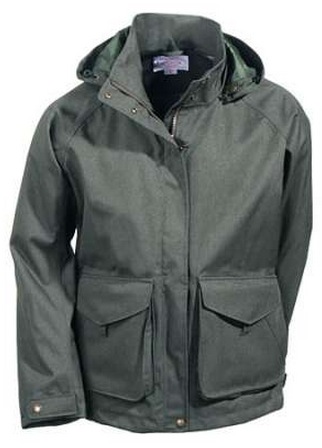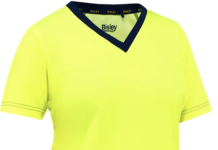For those of us who work outdoors in the winter, like construction workers, utility workers, road crews, commercial fishermen, police officers, firefighters and military members just to name a few, specialized weather-appropriate clothing and accessories are a necessity.
In addition to health risks like hypothermia and frostbite that are caused by exposure to cold weather, there are other issues that cold weather presents in the outdoor workplace. Extreme cold can also decrease efficiency and increase the likelihood of work-related accidents and injuries. This is because your brain and body are both slowed by the cold. The dexterity of your fingers is reduced when they’re cold. Ever try to type after a snowball fight? Difficult. The same principles apply to working in the extreme cold.
Since protecting yourself in the cold is important for multiple reasons, it’s important to think about the best ways to do that. OSHA calls wearing personal protective clothing (PPC) “the most important step in fighting the elements.” That’s right, the most important step is your clothing. In order to select the right clothing, there are a few factors to consider, such as the specific conditions you will be exposed to (temperature, wind, wetness), the tasks you must accomplish (Do you need to grip? Dexterity? Free movement?) And one of the most important aspects is layering. You should wear several layers and these layers should all be worn relatively loose. Tight clothing can reduce blood circulation, and since blood circulation is vital to heat — especially when it comes to blood circulating to your arms and legs — it must be avoided. Clothing that is too tight can also restrict your movement and hinder your ability to safely operate the equipment you need to do your work.
It’s also important to consider the hazards of your job and make sure that the clothing is not too loose so that it doesn’t get caught in your equipment. OSHA recommends three layers of clothing: First, an outer layer, (outerwear) to break the wind and allow ventilation, preferably made out of Gore-Tex or nylon. The middle layer should be wool or synthetic fabric, like wool socks or moisture-wicking thermals, which is able to absorb sweat and keep you dry. Down is a useful insulator, but it is less effective after it becomes wet, so it is not advisable. Finally, the inner layer needs to be able to allow ventilation, so cotton or a synthetic weave is ideal.
At some point in your childhood, your mother probably got on your case about wearing a hat when it’s cold outside. So you’ve probably heard this before, but 40 percent of the body’s heat is lost through the top of the head if it is exposed. If your job involves wearing a hard hat or headwear that covers your head or face, it’s a good idea to supplement this with a knit ear band or knit/ flannel hard hat liner.
The cold weather causes your body’s blood flow to be concentrated in the core, instead of spreading to the arms and legs. So that makes your hands and feet especially susceptible to hypothermia and frostbite. But of course, you need to use your hands and fingers to do your job outdoors, so protecting them can sometimes be a challenge. Fortunately, there are many glove manufacturers that specialize in cold weather or insulated work gloves that give you the flexibility and grip you need, while providing the warmth you need as well. Conversely, if your work gloves don’t have built-in liners, you can wear glove liners — some of these are really thin — to wick moisture away from your skin and provide that all-important inner layer of insulation. Feet benefit from similar PPC. If you’re likely to encounter rain or snow, leave your regular leather boots in the closet and go with insulated work boots, which should also be a size or two bigger, to accommodate for thick socks and thin cotton liners for that important extra layer of insulation. Icy or slippery conditions also necessitate boots with slip-resistant features.
The most important thing is to be prepared. No matter what personal protective clothing you wear, it’s also important to move inside to warm areas during breaks and bring extra clothing in case what you’re wearing gets wet. Workingperson.com has a vast selection of winter protective clothing to choose from and get yourself prepared for the cold!




